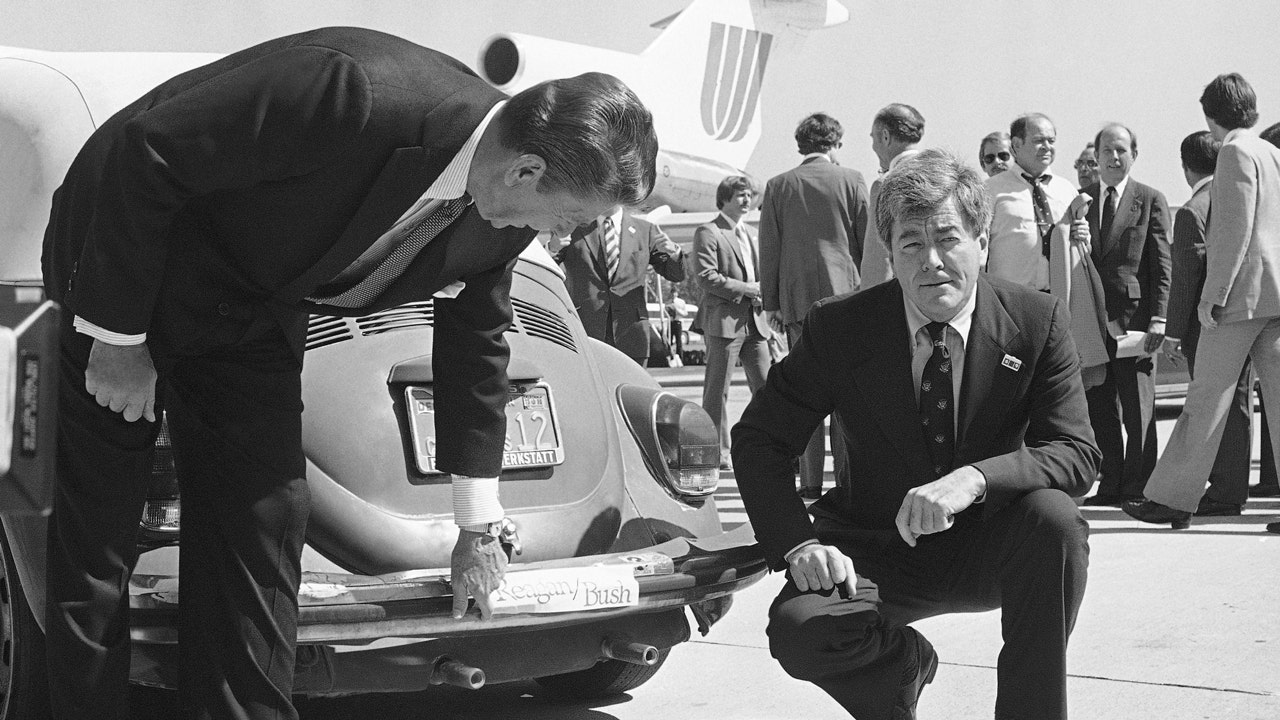NEWYou can now listen to Fox News articles!
Once a familiar sight in American lunchboxes, olive loaf — a processed deli meat studded with green olives and red pimentos — has nearly disappeared from shelves.
Its cameo in the 1985 film “The Breakfast Club” cemented its place in pop culture, only to be discarded like it was in the movie when Ally Sheedy’s character Allison Reynolds opted for a Pixy Stix and Cap’n Crunch–stuffed sandwich instead.
Olive loaf’s real heyday was from the 1940s to the 1970s, according to Marla Royne Stafford, professor and chair of marketing and international business at the University of Nevada, Las Vegas.
PASTRAMI QUEEN UNITES DELI LOVERS WITH ‘MEAT UPS’ ACROSS AMERICA
“Olive loaf was visually more interesting than bologna, with its bright green and red pimento-stuffed olives embedded in the meat,” Stafford told Fox News Digital. “This made it seem special and a little more sophisticated than plain bologna.”
The need for practical and cheap food was especially pronounced in postwar America.
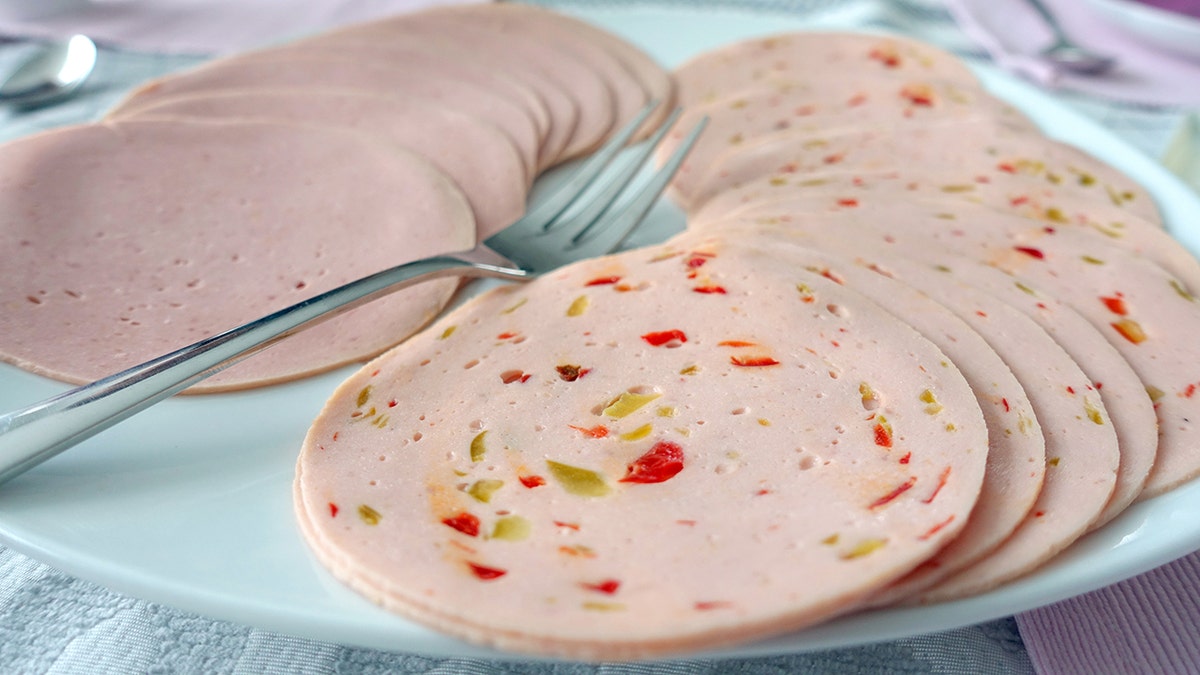
After World War II, Americans embraced processed and mass-produced foods. (Jeffrey Greenberg/Universal Images Group via Getty Images)
Sandwiches were one of the most common lunches in post-World War II America, according to Stephen Dombroski, director of consumer products, food and beverage at QAD Inc., a global software firm that works with food companies.
“Olive loaf and its sister products — pimento loaf, pickle loaf, bologna — were marketed to middle- and working-class families as quick, affordable lunchbox options,” Dombroski told Fox News Digital.
7-ELEVEN PUTS ‘FOCUS ON FOOD’ IN US REVAMP WITH JAPANESE-INSPIRED MEALS AND UPGRADES
Originally sliced to order at delicatessens, olive loaf became even more accessible when big brands like Oscar Mayer sold it prepackaged in supermarkets. Some blends combined chicken and pork, while others used beef and pork.
Even after the war, Americans embraced processed and mass-produced foods, Stafford said.
But starting in the 1970s and building through the 1990s, concerns about sodium, preservatives and processed meats grew. Soon, olive loaf was perceived as unhealthy.

Olive loaf was once a standard deli meat option. (Jan Woitas/picture alliance via Getty Images)
Today, most major health agencies warn that regularly eating processed meats increases the risk of cancer, heart disease, Type 2 diabetes and other serious health problems.
The low-fat craze of the ’80s and ’90s left sales of similar deli meats like bologna dropping year after year, according to the blog Food Republic.
“This is when consumers began embracing fresh, natural and authentic foods such as fresh deli turkey, roast beef and fresh produce,” Stafford said.
WEIGHT LOSS TOUGHER WITH ULTRA-PROCESSED FOODS LURKING IN NEARLY EVERY MEAL, SAY EXPERTS
Consumers demanded farm-fresh, global and customizable options by the 2000s, she said, and younger generations saw olive loaf as “weird.”
Dombroski noted that by the 1980s, microwaves were fixtures in home and office kitchens.
“Why have a high-sodium olive loaf sandwich when you could heat up a hot soup or a quick meal in three minutes?” he said.
For Lanie Smith, also known as “The Vintage Cook,” olives themselves were another part of the problem.
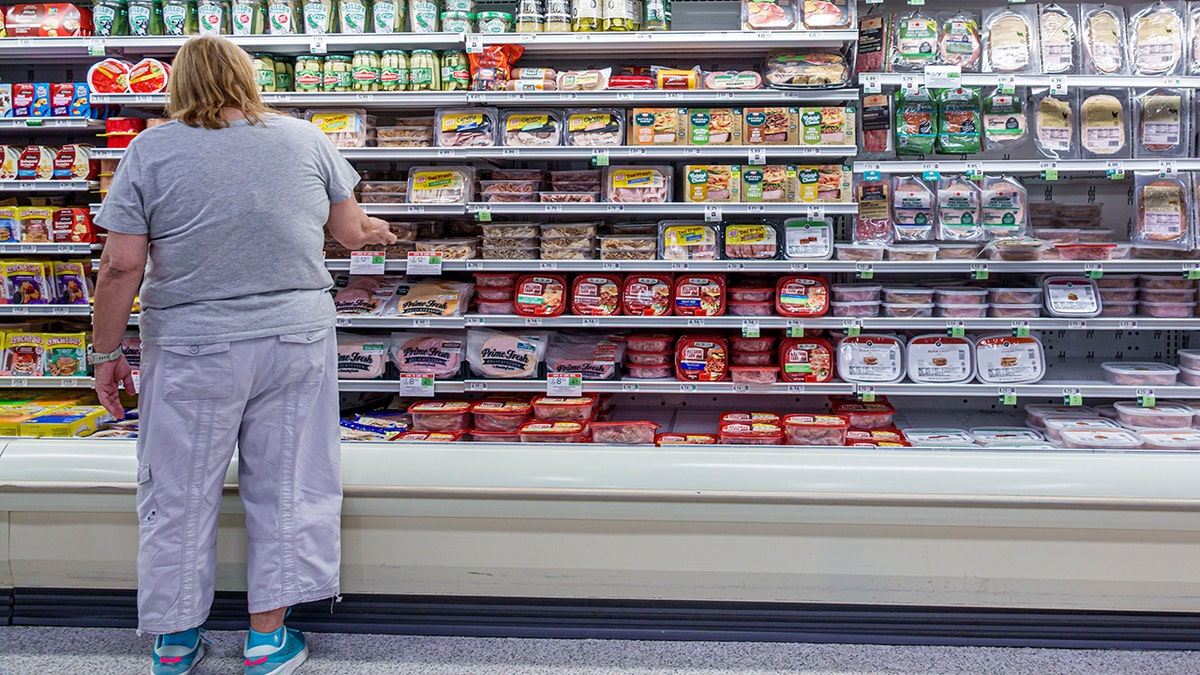
Health agencies warn that eating processed meats increases the risk of health problems. (Jeffrey Greenberg/Universal Images Group via Getty Images)
“Recipes from the 1940s to the 1970s were loaded with olives,” Smith told Fox News Digital. “But there was always one person at the family table picking them out of the dish.”
GEN Z IS DITCHING BOXED CEREALS AT BREAKFAST: ‘COULDN’T PAY ME TO EAT THEM’
The olive loaf had two strikes against it, Smith said.
“Not only was it a processed meat, it contained an ingredient that many already found unappealing,” she said.
The one thing still working in the olive loaf’s favor is nostalgia.
Unlike Spam and Kool-Aid, which became embedded in American culture, olive loaf didn’t quite make the cut, Stafford said. Spam had deeper ties to World War II, Hawaii and Asian cuisines, she noted, while Kool-Aid is linked to childhood, summer and counterculture.
The one thing still working in the olive loaf’s favor is nostalgia, experts and fans agree.
CLICK HERE TO SIGN UP FOR OUR LIFESTYLE NEWSLETTER
A recent Reddit thread featuring a photo of the thinly sliced pink meat bursting with olives triggered nostalgia for many, with some saying they missed it.
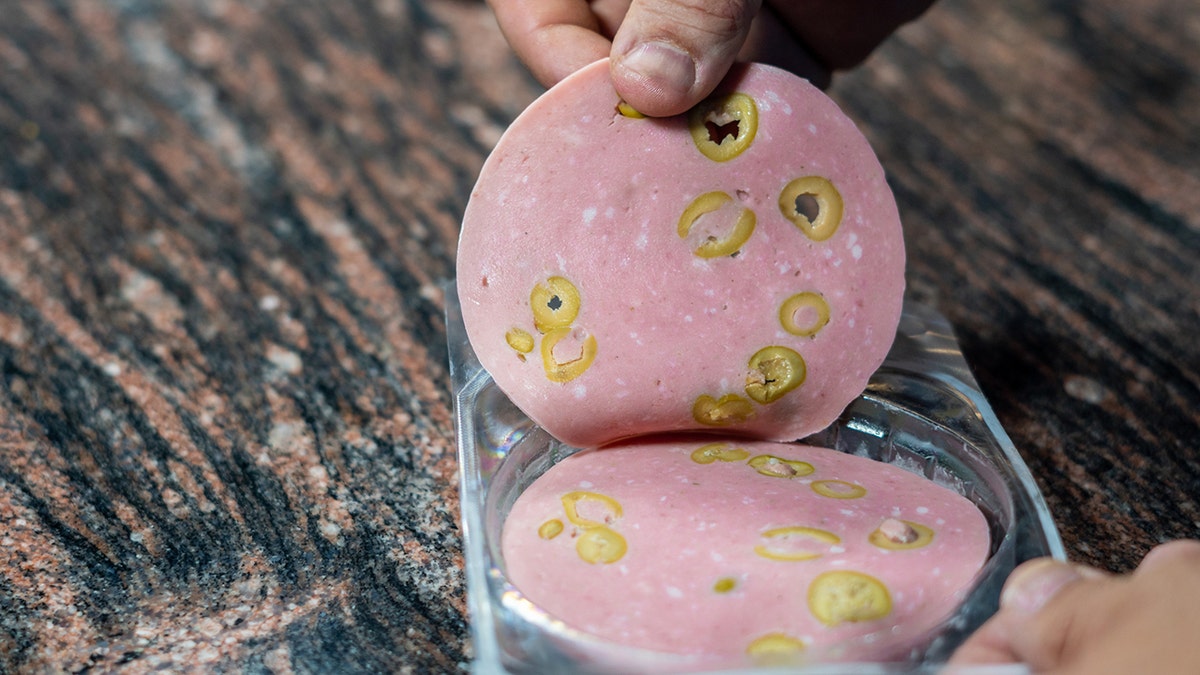
The deli meats of the past are nostalgic for many people. (iStock)
“This stuff is sliced childhood nostalgia right there,” one person commented.
“My dad put mustard … my sister ketchup … I used mayo … my mother would not eat it,” another recalled.
Others had less fond memories. “That scared me as a kid, I would never eat it,” one Reddit user said.
There are pockets of the population in which olive loaf is still enjoyed, Dombroski noted. They are often older and of European descent in metro areas, he said, but the demographic is dwindling.
A comeback, he said, is unlikely. “Any revival would need to be as a nostalgic, re-branded product — lower sodium, fewer preservatives, maybe even turkey- or plant-based.”
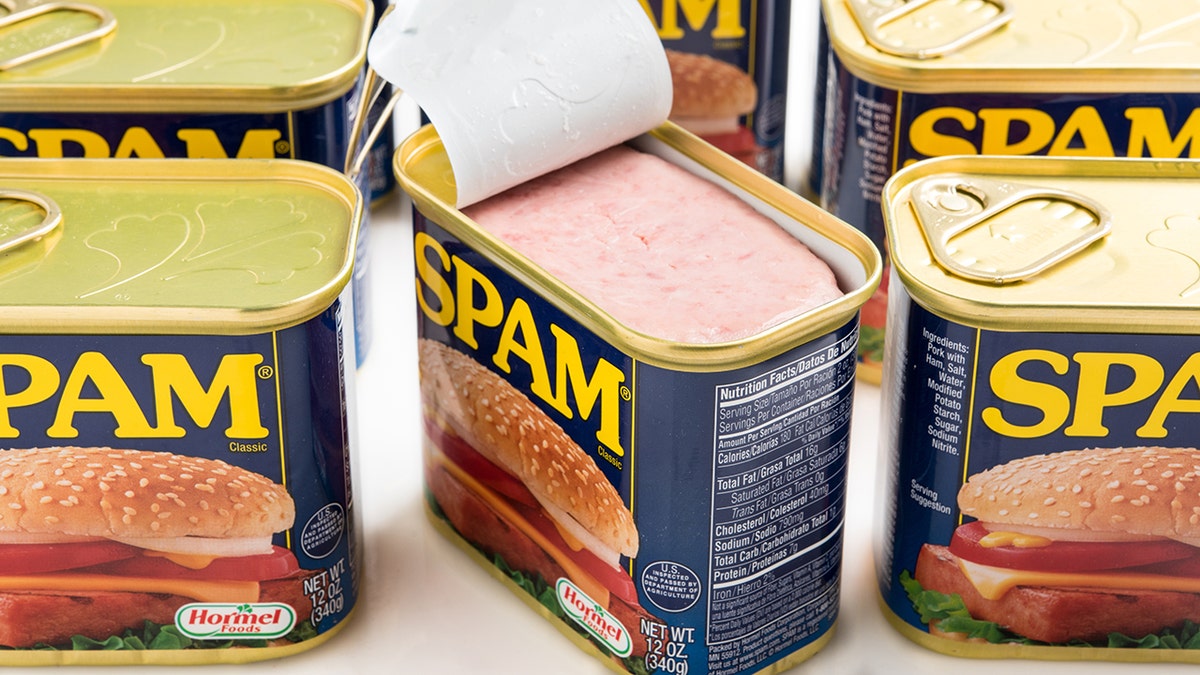
Spam endures thanks to its World War II roots, Hawaiian popularity and role in Asian cuisine. (iStock)
Stafford agreed that elevated “nostalgia marketing” could give olive loaf a boost, but its expiration date has likely passed.
“Despite using strategic and clever marketing tools, the potential return of olive loaf has key challenges, such as its visual and textural oddness, which many people find off-putting,” she said.
CLICK HERE TO GET THE FOX NEWS APP
Smith has some ideas, however.
“Surround it with something louder,” she suggested. “Put olive loaf cubes on a vintage-style charcuterie board with pickled onions, hot mustard and crackers. I love the olives. Bring ’em on.”





